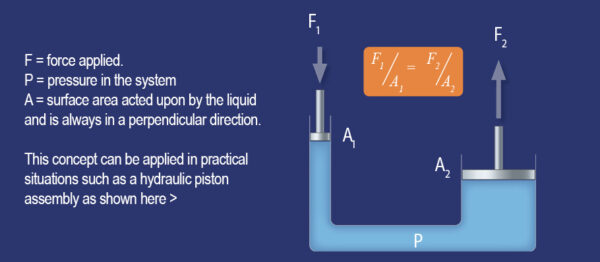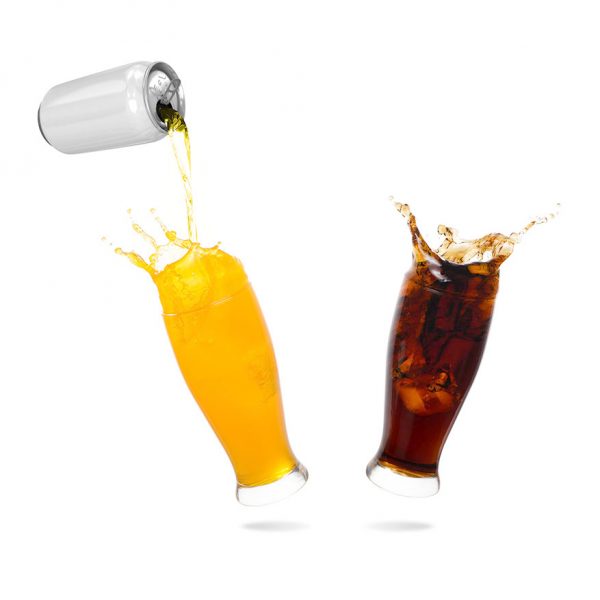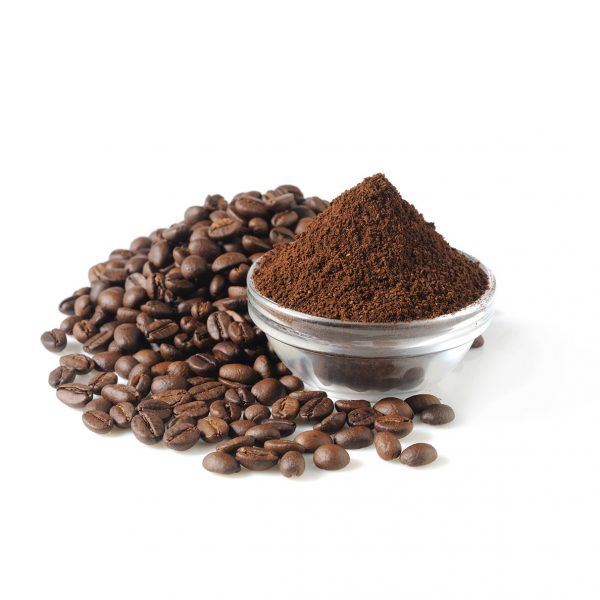Hydrostatic Pressure: Exploring its Fascinating Effects

Hydrostatic pressure is a fundamental concept in fluid mechanics that plays a vital role across numerous industries and natural systems. Defined as the pressure exerted by a fluid at equilibrium due to the force of gravity, HP increases proportionally with depth and the density of the fluid. Understanding this mighty force is critical for engineers, scientists, and students alike.
At Armfield, we are proud to offer outstanding training equipment. Our solutions, such as the F1-12-MKII Hydrostatic Pressure apparatus, help educational institutions and industries deepen their knowledge of fluid behaviour under static conditions.

What is Hydrostatic Pressure and How is it Measured?
Hydrostatic pressure is calculated using the formula:
P=ρgh
where P is the pressure, ρ is the fluid density, g is the gravitational acceleration, and h is the height of the fluid column above the point of measurement.
This hydrostatic pressure equation demonstrates how pressure increases with fluid density and depth. Specialised pressure sensors and pressure transducers are often employed to measure hydrostatic forces with precision.
At Armfield, we supply comprehensive teaching tools, including the F9092 Fluid Properties & Hydrostatics Bench, ideal for practical demonstrations of the HP pressure field.
Factors Affecting Hydrostatic Pressure
Several factors influence fluid pressure:
- Depth: Pressure increases with greater vertical distance in the fluid.
- Fluid Density: Denser liquids exert higher pressure at a given depth.
- Gravity: Variations in gravitational force can affect pressure slightly.
Understanding these variables is critical for managing pressure differences and pressure gradients across fluid systems.
Applications of Hydrostatic Pressure
HP has widespread applications. In hydraulic systems, this pressure enables lifting and moving heavy loads. In scuba diving, knowledge of pressure ensures diver safety at various depths.
Our F1-Series Fluid Mechanics equipment is ideal for students exploring these real-world applications through hands-on experimentation.

Pascal’s Law and Hydrostatic Pressure
Pascal’s Law states that a pressure change at any point in an enclosed incompressible fluid is transmitted undiminished throughout the fluid. This principle underpins many hydraulic mechanisms, making it integral to the study of fluid mechanics and hydraulics.
At Armfield, we help students visualise these concepts with our specialised HP training equipment, such as the FS-Series Fluid Science range.
Real-World Examples of Hydrostatic Pressure at Work
You encounter HP every day:
- Dams must withstand immense pressure from the water they hold back.
- Submarines endure high external pressure as they dive to deeper waters.
- In geology, HP influences soil stability and groundwater movement.
- Concrete foundation walls must be protected from water intrusion due to hydrostatic force.
Our NA8 Ship’s Stability Apparatus provides an excellent demonstration of how pressure affects buoyancy and stability in marine engineering.
Effects on Submerged Objects
When an object is submerged, it experiences an upward force known as buoyancy, a phenomenon described by Archimedes’ principle. The difference in pressure across the submerged surface leads to a resulting force that can either sink or float the object, depending on its density compared to the fluid.
The study of these pressure forces is vital in fluid dynamics, especially in predicting how different materials behave under immersion.
in Industry
In the oil and gas sector, understanding pressure is essential for drilling operations, helping to prevent blowouts by managing pressure within the wellbore. Similarly, civil engineers must consider HP when designing drainage systems and waterproofing basement floors to prevent water damage.
How to Calculate Hydrostatic Pressure
To calculate HP, use the pressure formula mentioned earlier. Remember:
- An increase in depth leads to pressure increase.
- Conversion factors may be necessary (e.g., from Pascal to psi).
- Fluid density and gravity are critical in the pressure equation.
Practical training with equipment like the F1-12 Hydrostatic Pressure apparatus ensures a firm grasp of these calculations.
Summary
HP is an omnipresent force shaped by fluid density, depth, and gravitational acceleration. It governs countless natural phenomena and underpins major engineering applications. At Armfield, we understand the importance of mastering hydrostatic pressure and proudly offer world-class hydrostatic pressure training equipment to bring theoretical knowledge to life.
FAQs
What is the pressure formula used to calculate HP?
The formula is P=ρgh, where P is pressure, ρ is fluid density, g is gravitational acceleration, and h is fluid height.
How does fluid pressure affect objects submerged in a liquid?
Submerged objects experience greater pressure on their deeper surfaces, leading to an upward buoyancy force.
What factors contribute to the pressure difference between two points in a fluid?
The vertical distance between two points and the fluid density primarily determine the pressure variation.
How does understanding hydrostatic force help with managing water levels in engineering projects?
It aids in designing structures like dams and drainage systems that can withstand or channel hydrostatic forces, preventing failures and water damage.
Contact Armfield for Hydrostatic Pressure Solutions
Discover how Armfield’s training equipment can revolutionise your learning or operational needs. Contact us today to find out more!
You may also like

Armfield can trace its history back over 130 years, throughout which, the Company’s policy of quality, innovation and service has helped it to maintain a strong market position and develop a reputation for industry leadership in the field of Engineering teaching.
Education Division
Operating since 1963, the Armfield Education Division designs and manufactures equipment for engineering education and research.
Industrial Division
The Armfield Industrial Division designs and manufactures research & development systems, primarily for the food, beverage, dairy, edible oil and pharmaceutical industries.




































